Top 13 natural wonders in the world
Can’t make it to the Great Pyramid of Giza, the Galapagos Islands, or China’s Great Wall? While these remain among the world’s most spectacular man-made and natural destinations, there are other sites luring to curious travelers. Among them, 13 natural wonders were added in 2009 to the UNESCO’s World Heritage List.
These natural wonders; chosen by a committee of the United Nations Educational, Scientific, and Cultural Organization, World Heritage Sites, recommended by the International Union for Conservation of Nature (IUCN), are natural and cultural areas recognized for their universal value to humanity. The selection process involves extensive fieldwork by conservation experts who have, in most cases, dedicated their lives to studying the natural world.
Here’s the list of the top 13 natural wonders in the world
The Dolomites in Italy
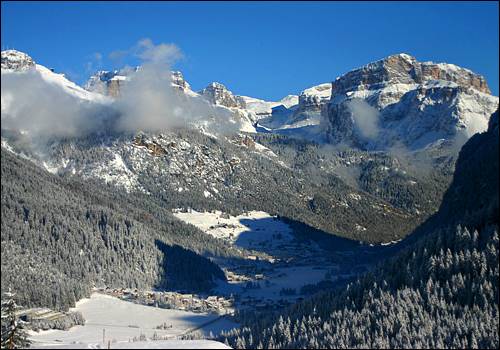
The limestone peaks of this mountain range within the Italian Alps jut into the ever-blue sky and tower over breezy green valleys below. Its 90-degree walls and glacier-carved valleys make this wonder an attraction all year long. Visitors ski in the winter, rock climb, and paraglide in the summer and can find accommodations from exclusive resort towns to quaint villages.
The Wadden Sea in Germany and the Netherlands
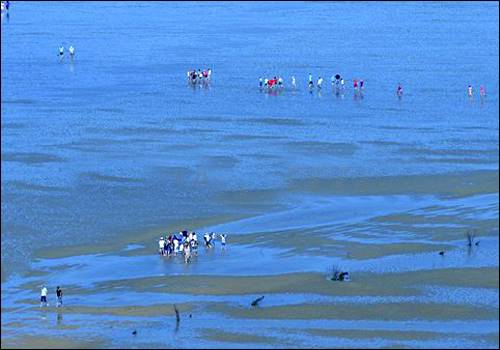
This body of water is one of the last undisturbed ecosystems of its kind in the world. Rich with wildlife, the expansive network of mud channels, seagrass meadows, marshes, and dunes on the northern coast of Germany and the Netherlands is a destination for serene views for miles. The sea is also a birdwatcher's paradise, home to 12 million birds each winter.
Mount Wutai in China
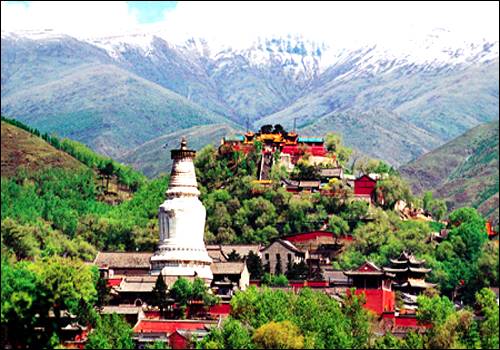
Translating as a "five-terrace mountain," Mount Wutai has been a sacred Chinese escape for more than a millennium. Home to 53 Buddhist monasteries, including surviving ancient temples, the five platform-like peaks of this mountain are a testament to Chinese architectural and cultural history. The dominating, treeless mountain is also the largest in northern China and legendary for its foggy sunrises.
Stoclet House in Belgium
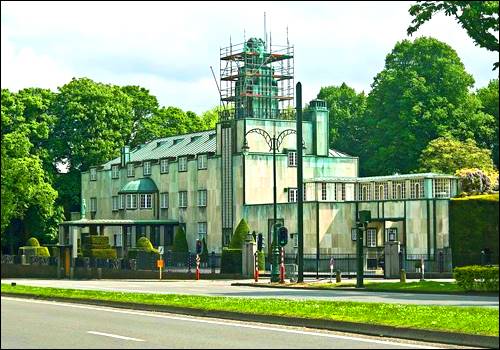
When banker Adolph Stoclet gave his builders and artists complete freedom to create for him a Brussels home in the early 20th century, this new UNESCO site came into being at what is said to be the turning point of Art Nouveau into Art Deco. It is still a private home of the Stoclet family, sharing only its exterior with the public. The home’s facade is dressed in rare white marble and gilded moldings, while its inside boasts lavish murals by Vienna Succession artists such as Gustav Klimt and Koloman Moser.
The Ruins of Loropni in Burkina Faso
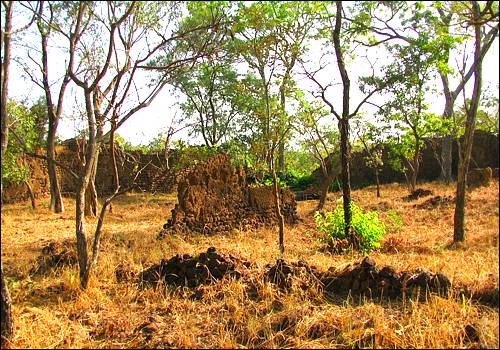
Mystery engulfs the Ruins of Loropeni. The 1,000-year-old stone fortresses at the site are the first in the country to be ascribed World Heritage status. The ruins are thought to have once been a gold-trade hub but were abandoned by the 19th century with few clues left behind. For travelers or architecture buffs looking to discover more, a trip to this remote West African spot may shed light on the site’s past.
Cidade Velha, Historic Centre of Ribeira Grande in Cape Verde
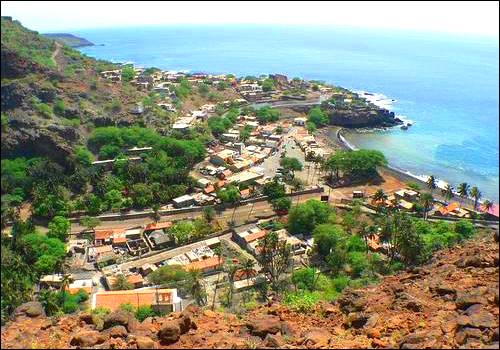
Located off of Africa’s northwest coast, this city center was the first European colonial settlement in the tropics. Some of the meticulously planned original design of the site is still intact, from a royal fortress to two towering churches to a 16th-century town square. Today, Cidade Velha, located on the island of Santiago, is an Atlantic shipping stop and center for Creole culture.
Shushtar, Historical Hydraulic System in Iran
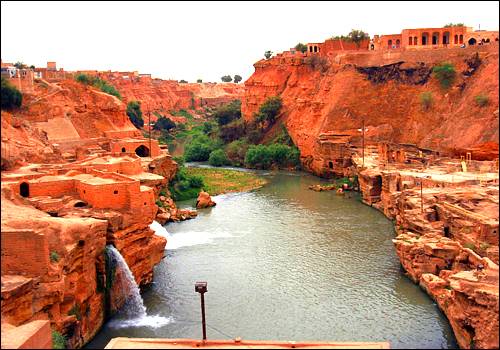
The system that provides water for the western Iranian city of Shushtar is a marvel of engineering dating back to the 5th century B.C., built under the direction of Darius the Great. With two main canals, rushing waterfalls, and a mill, the rock complex that serves as the system’s operation center is an ancient destination and what UNESCO referred to as "a masterpiece of creative genius" brought to new attention with its 2009 addition to the list.
Sulaiman-Too Sacred Mountain in Kyrgyzstan
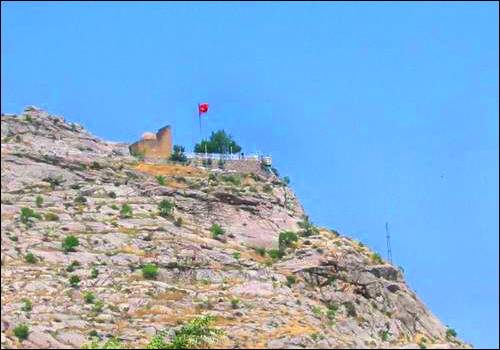
Two grand 16th-century mosques on the coarse slopes of Sulaiman are just a couple of places to worship in the Silk Road conglomeration of peaks and foothills. The site represents the seams and overlap of Central Asian cultures, from pre-Islamic destinations to Islamic centers that attract people seeking cures for physical ailments today. Visitors can also search for Sulamain’s famed petroglyphs (rock carvings) to add to the list of 101 indexed thus far.
The Sacred City of Caral-Supe in Peru
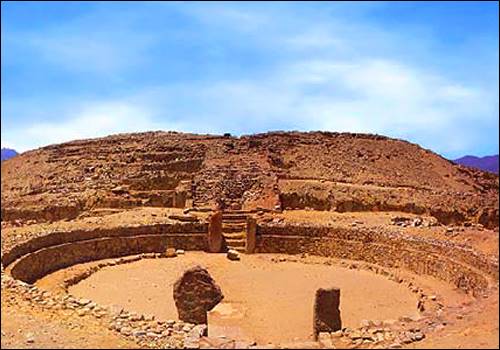
Like many of the other wonders, UNESCO added in 2009, the Sacred City of Caral-Supe is far from new. In fact, it is the oldest center of civilization in the Americas and the third-oldest civilization in the world. With six immense pyramids, surviving mud sculptures, and ceremonial stages, continuing excavations of Caral-Supe are a window into lives lived so long ago.
The Royal Tombs of the Joseon Dynasty in the Republic of Korea
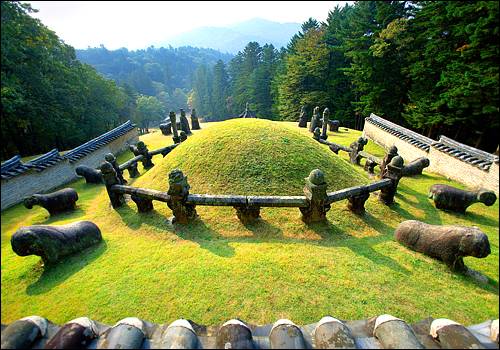
Resting at the base of a sprawling hill and facing toward the shore, this series of Korean royal tombs documents a stunning lineage in the Joseon Dynasty. The tombs are surrounded by ceremonial decorations, wooden srhines, and the homes of tomb keepers, all glorifying Joseon ancestors, and awing travelers today. Two other Korean burial sites, Gyeongju Historic Areas and Compex of Koguryo were already on UNESCO’s World Heritage List.
The Tower of Hercules in Spain
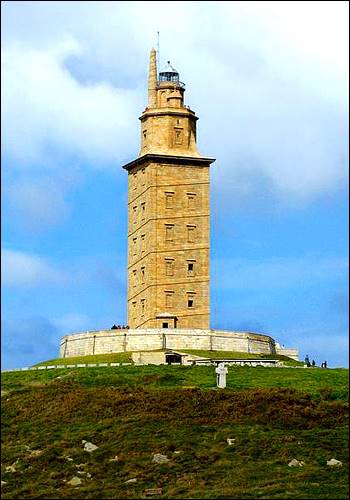
Roman sailors in the 1st century who saw the imposing Tower of Hercules knew they were arriving on Spanish shores. The lighthouse still stands as a monument to advanced Roman building technology and one of the world’s most famous and far-reaching empires. But other history is also alive near this northwestern Spanish landmark. Near the Tower of Hercules, visitors can explore even older rock carvings, a Muslim cemetery, and a sculpture park.
La Chaux-de-Fonds/Le Locle Watchmaking Town Planning in Switzerland
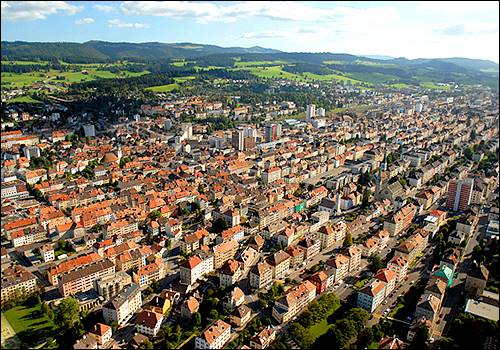
Visiting these neighboring watchmaking towns in the Swiss Alps is a trip for the mind. After devastating fires, early-19th-century builders redesigned the municipalities with painstaking planning to make them a model for robust production capitals. The development of these havens for skilled artisans was so successful Karl Marx cited their manufacturing practices in Das Kapital.
Pontcysyllte Aqueduct and Canal in the U.K.
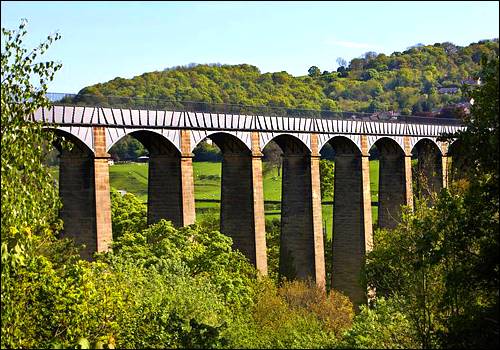
Another engineering feat added to the World Heritage List in 2009 is this symbol of the Industrial Revolution. The Pontcysyllte aqueduct and canal in North Wales was one of the first water systems built with cast and wrought iron. Its soaring archways and impressive length were described by UNESCO as "monumental and elegant."
Please send pictures of the top 13 natural wonders in the world because I love the pictures and the wonders.
How are these natural wonders? They seem to be ancient and man-made for the most part.
These are not natural wonders. I can find only few natural wonders and rest all are man-made for sure.